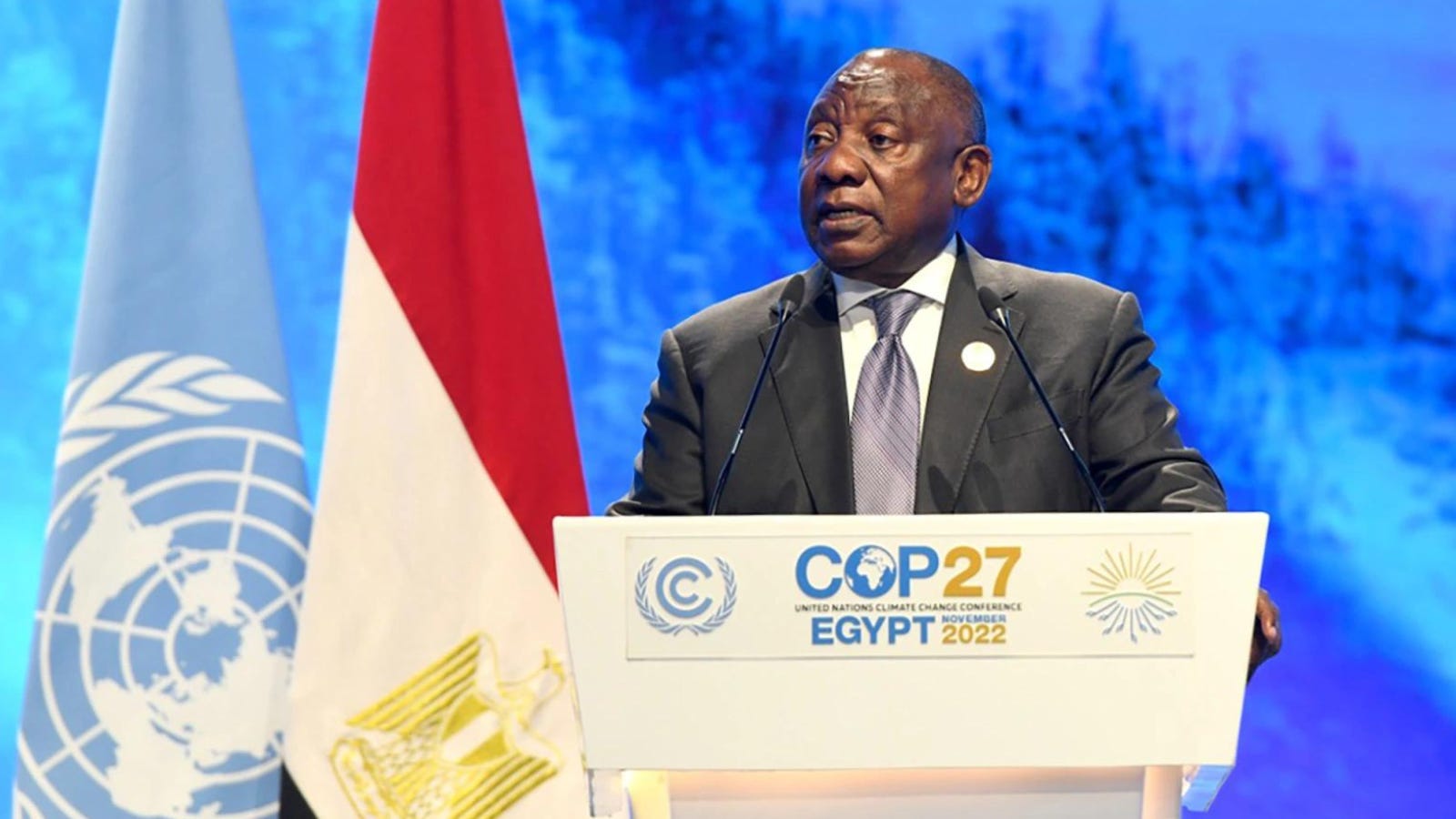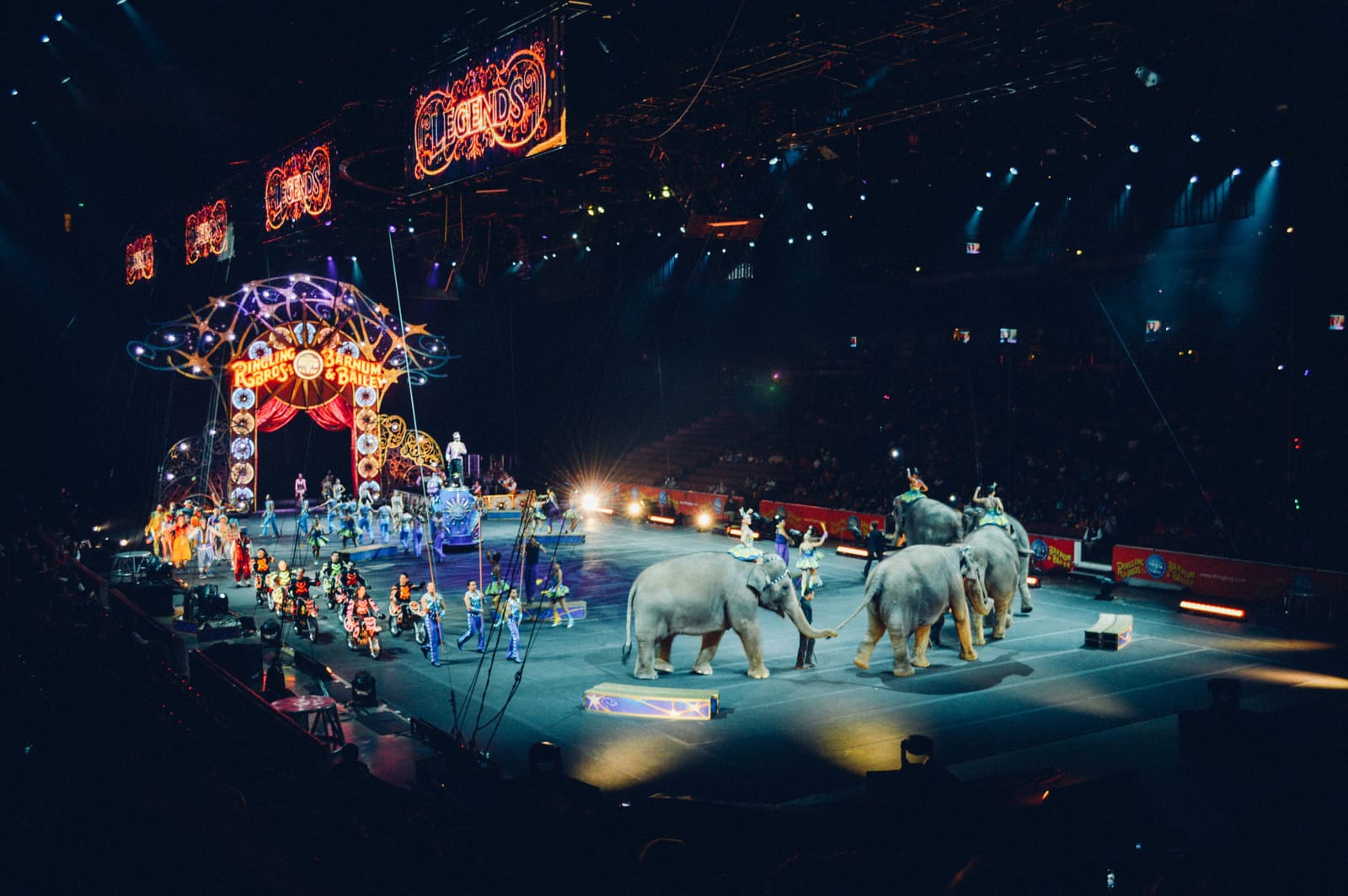South Africa was supposed to be a glorified example for the global clean-energy transition, but instead has been showing us the daunting reality of how difficult it will really be. At COP 26 global superpowers joined together to start the "Just Energy Transition Partnership" - an attempt to raise funding to help eradicate coal power in developing countries. The partnership displayed hope for a globally-invested clean energy future with it's first project targeting the dirty and unstable South African energy situation. However in the years since inception, the project has faced constant challenges to deployment, highlighting the sheer complexities to be realized of such crisis-averting efforts.
But don't be fooled- all hope is never lost, we're going to dive a bit deeper and provide some learnings we can utilize to continue pressing on the proverbial gas to fight climate change.

Coal Country
Let's set the tone here - currently Vereeniging, South Africa has the most polluted air on the planet, and is said to experience the impacts of climate change twice as bad as other parts of the world (due largely in part to their dry/arid climate and reliance on pollutive coal power). Coal has long been the fuel of choice for South Africa and much of the reason the country has become the most advanced economy on the continent. At least 110,000 people are employed in the mines and power-plants, ironically positioning South Africa to have some of the most beautiful scenery and wildlife, but also some of the most polluted air on Earth.
Currently coal generates 80% of the energy in South Africa compared to the US at less than 20%
99 Problems
To make matters worse, the coal-powered infrastructure has rapidly been degrading in recent years leading to extensive and frequent blackouts that have been negatively impacting the economy and livelihoods of South Africans. Wealthy nations (US, UK, EU, Germany & France) decided to step in during COP '22 to try and bolster clean-energy supply in similar developing countries, forming the JETP (Just Energy Transition Partnership). JETP earmarked $8.5 billion in climate-financing to help the South African Energy monopoly Eskom (aka the only real energy provider for the whole country) decommission coal-fired plants, develop renewable-energy generation, and strengthen and modernize the electricity distribution grid.
And as if the situation wasn't bad enough - here's a list of other factors that have helped further complicate things:
- Eskom has repeatedly faced decades of mismanagement and corruption to the point where they can barely keep the lights on.
- It's estimated that at one point about $55 million a month was being stolen from the company
- The government has been dragging their feet in negotiating with labor unions, the 1.8 million member Congress of South African Trade Unions in particular is not happy about JETP
- South Africa's Energy Minister is a former miner and union leader who describes himself as a "coal fundamentalist" and famously told Germany's Vice Chancellor "South Africans didn't want to be the West's guinea pig for the global energy transition"
- Major renewables projects in development are being held back due to lack of grid capacity and aged energy transmission infrastructure
- The parties that led the JETP plan have since left or departed from their positions creating confusion among funders who are increasingly concerned
- The Minister of Energy recently attended the opening of a new coal mine, saying it will be here for a "long time"

Ramaphosa's Repurcussions
South African President Ramaphosa's juggling act could arguably land him a job at the circus. Increasing blackouts are putting the pressure on him a year before general elections, where his party may lose its majority for the first time. And if it wasn't evident above, his Minister of Energy hasn't exactly been the biggest cheerleader for renewable energy either. President Ramaphosa hasn't exactly made matters easier himself. After the JETP announced their $8.5 billion plan as a catalyst for more funding , the president responded by saying the package was not sufficient to meet the scale of their ambition, and began parading around looking for more grant funding from investors.
It kinda reminded me of myself as a kid going "DADDDDD I NEEEEED MORE MONEEYYYYY".
Future Outlook
Maybe a Circus isn't the best way to put it, but the challenges facing what was supposed to be the poster child of the international clean-energy transition have become very daunting. What we can do however, is glean some insights for the other programs that have since kicked off in Indonesia and Vietnam and continue to keep these ideas in mind for future projects to come:
- Leaders in power need to be aligned on the plan and execution of climate goals, especially as a developing economy drawing international support
- We need to ride the coat-tails of the JETP and continue to leverage wealthier nation’s help in decarbonizing developing economies
- Leverage catalytic capital as an opportunity to get started, and focus on implementation and driving results rather than financing for the future
- Keep key climate champions involved and accountable for their plans throughout the lifecycle to ensure impact is carried out effectively
Sources: Bloomberg1 ; Bloomberg2 ; Reuters ; Bloomberg3 ; Bloomberg4 ;








